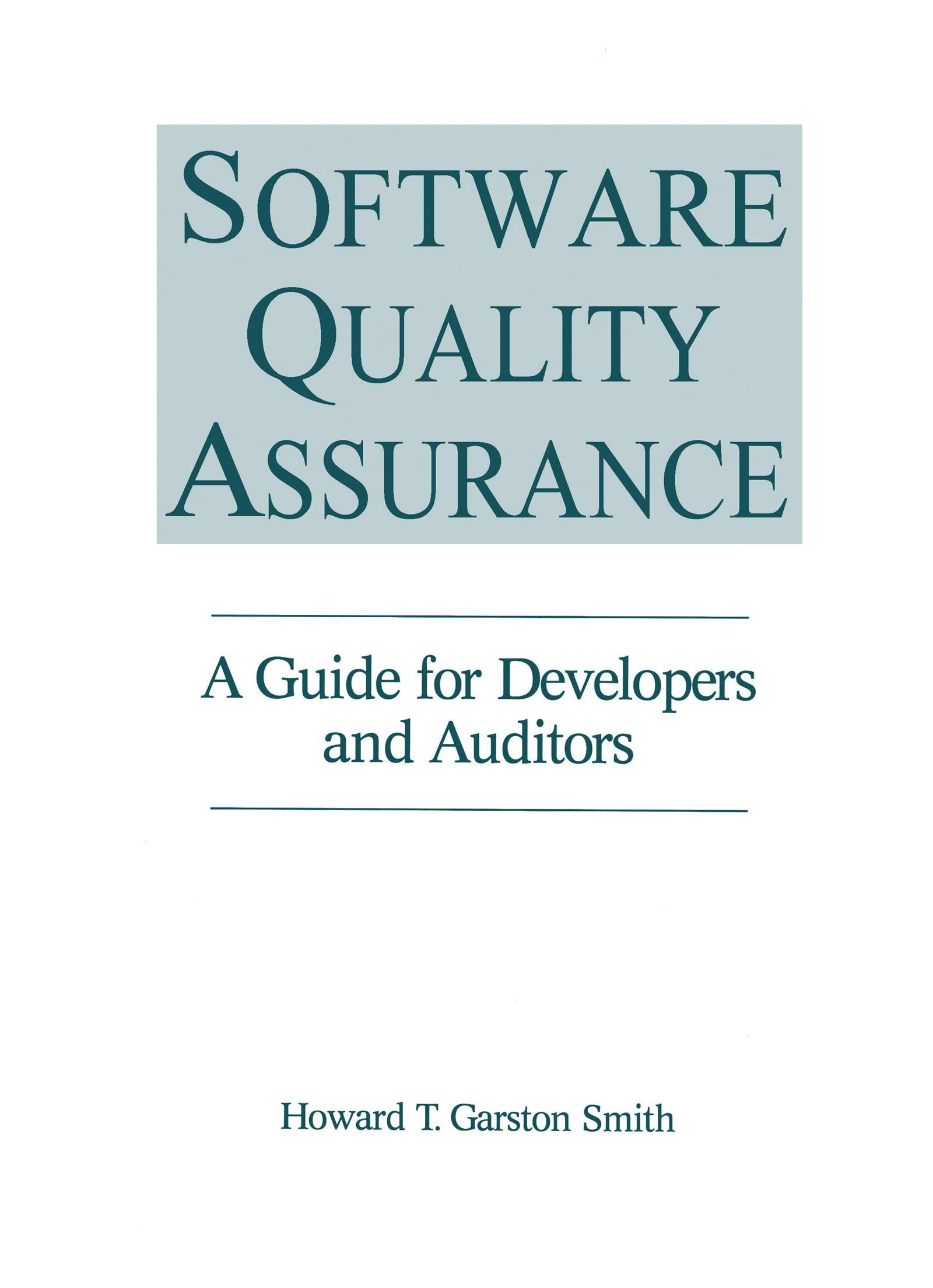Question
BANK BALANCE SHEET Cash $14,600 Bonds, Totaling $(A) Composed of: Fully backed mortgage bonds $14,000 Municipal bonds $9100 US government bonds $27,700 Buildings and furniture
BANK BALANCE SHEET
| Cash $14,600 Bonds, Totaling $(A) Composed of: Fully backed mortgage bonds $14,000 Municipal bonds $9100 US government bonds $27,700 Buildings and furniture $48,400 Deposit in the Fed $71,200 Loans, Totaling $157,460 Composed of: Loans to businesses $52,200 Loans for homes $(B) Non-home loans to consumers $12,750 Loans to other banks $6830 ---------------------------------------------------------------- Total Assets $342,460 | Borrowings Totaling $49,850 Composed of: Federal funds $38,650 Borrowings from the Fed $11,200 Deposits, Totaling $261,210 Composed of: Checking deposits $234,000 Savings deposits $27,210 Equity $(C) ----------------------------------------------------------------- Total Liabilities and Net Worth $??? |
Bank income information Interest income, bonds, $2600 Interest income, loans, $17,000 Other income $1100 Bank expense information Wages and salaries $4000 Interest expense, deposits $9000 Interest expense, discount and federal funds loans $900 Other (non-interest) $4800
Dates of Note November 15th, 2015: 20% of total loans will be repriced. August 1st, 2016: 50% of discount loans will be repriced. August 10th, 2016: 40% of consumer non-mortgage loans will be repriced.
Credit Information 20% of mortgages are more than 60 days past due.
Miscellaneous Bank Information
Banks must keep 10% of demand deposits as reserves. The bank owes no taxes.
Questions
1) Calculate the one-year repricing GAP ratio. Express your answer as a percent rounded to two decimal places (2 points) as needed. Then use information from the Fed to write about a paragraph making your prediction on what will happen to interest rates in the near future. Include a citation as you would on a References or Work Cited page (both MLA and APA format are used for economics research, so pick one of these standard ways of doing so) for at least one official Federal Reserve source that means from the Fed itself (the Feds main website is here: http://www.federalreserve.gov/) as opposed to someone elses interpretation. Then interpret your GAP ratio result with this information in mind. (5 points) 2) Fill in the blanks marked (A), (B), and (C) on the balance sheet (3 points). Round your results to the nearest penny as needed.
3) Calculate the banks actual, required, and excess reserves (3 points). Round your results to the nearest penny as needed.
4) For each of the following measures of bank health, do the proper calculation and compare it to benchmark values or guidelines for interpretation if any are available in the text or lecture, and comment on whether, by itself, the result is a sign of generally good bank health or generally poor bank health. (You can get full points just for the properly-calculated number + simply something like good sign or bad sign for each youll go into more detail in the next question.) Write each result as a percentage rounded to two decimal places as needed. (Each complete answer is worth 3 points, for a total of 18 points.)
RoA
RoE
Net interest margin
Leverage ratio
Liquidity ratio
Efficiency ratio
5) Share your opinion in about two paragraphs, give or take, on whether Bank G is in overall good health or overall bad health, referring specifically to the values you found for Questions 1 and 4 above and what you expect about interest rates. To get full credit, between your answers for Q4 and Q5, your assignment should include things like (just using RoA as an example) the value of RoA of X.XX% is higher/lower than the benchmarks in Year X and Year Y, indicating that the bank does a good/bad job of turning _____ into profits and so forth. In other words, wherever possible, cite your calculated answer, compare it to benchmarks or historical data, and tell me specifically how each of these measures (RoA, RoE, and so forth) contributes to bank health (9 points).

Step by Step Solution
There are 3 Steps involved in it
Step: 1

Get Instant Access to Expert-Tailored Solutions
See step-by-step solutions with expert insights and AI powered tools for academic success
Step: 2

Step: 3

Ace Your Homework with AI
Get the answers you need in no time with our AI-driven, step-by-step assistance
Get Started


